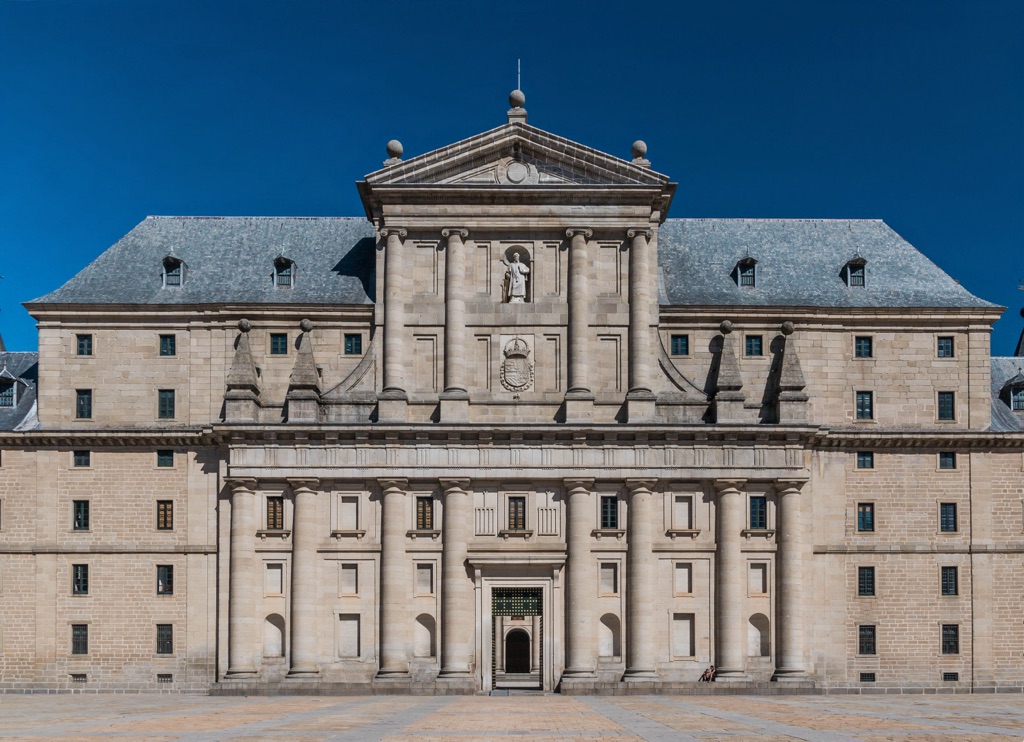El Escorial: A Monument to Spain’s Golden Age
El Escorial, officially known as the Royal Site of San Lorenzo de El Escorial, stands as a historical testament to the grandeur of Spain’s past. Located in the town of San Lorenzo de El Escorial, approximately 45 kilometers northwest of Madrid, this expansive complex was constructed between 1563 and 1584 under the reign of King Philip II. As the largest Renaissance building in the world, El Escorial embodies the architectural and cultural zenith of the Spanish Empire, serving multiple functions as a monastery, basilica, royal palace, pantheon, library, museum, university, school, and hospital.
Get your dose of History via Email
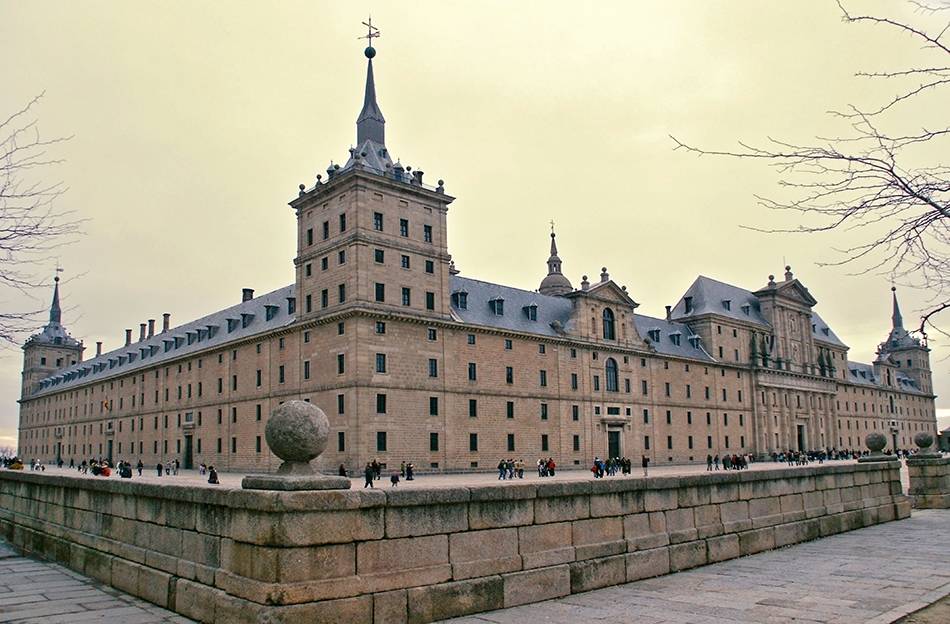
Architectural and Historical Significance
The conception of El Escorial was influenced by King Philip II’s desire to commemorate the Spanish victory at the Battle of St. Quentin in 1557 and to create a necropolis for the interment of his dynasty. The complex’s design and construction were initially overseen by Juan Bautista de Toledo, a renowned architect who had worked on St. Peter’s Basilica in Rome. Following Toledo’s death, his apprentice, Juan de Herrera, took over, completing the project in 1584. The architectural layout of El Escorial, notably its floor plan resembling a gridiron, is often attributed to the martyrdom of St. Lawrence. However, the design also draws inspiration from descriptions of Solomon’s Temple, reflecting Philip II’s deep religious convictions and his vision of Spain as a central figure in the Christian world.
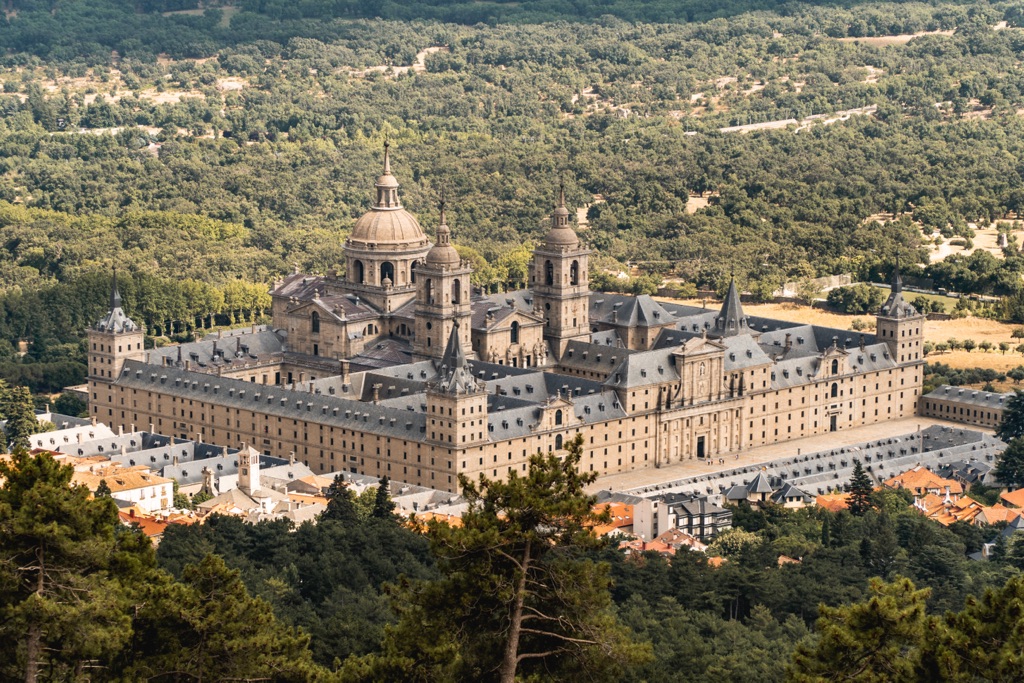
In 1984, UNESCO recognized El Escorial as a World Heritage Site, acknowledging its significance as a monument to the power of the Spanish monarchy and the Catholic Church during the 16th and 17th centuries. Today, it attracts over 500,000 visitors annually, serving as a symbol of Spain’s rich historical and cultural heritage.
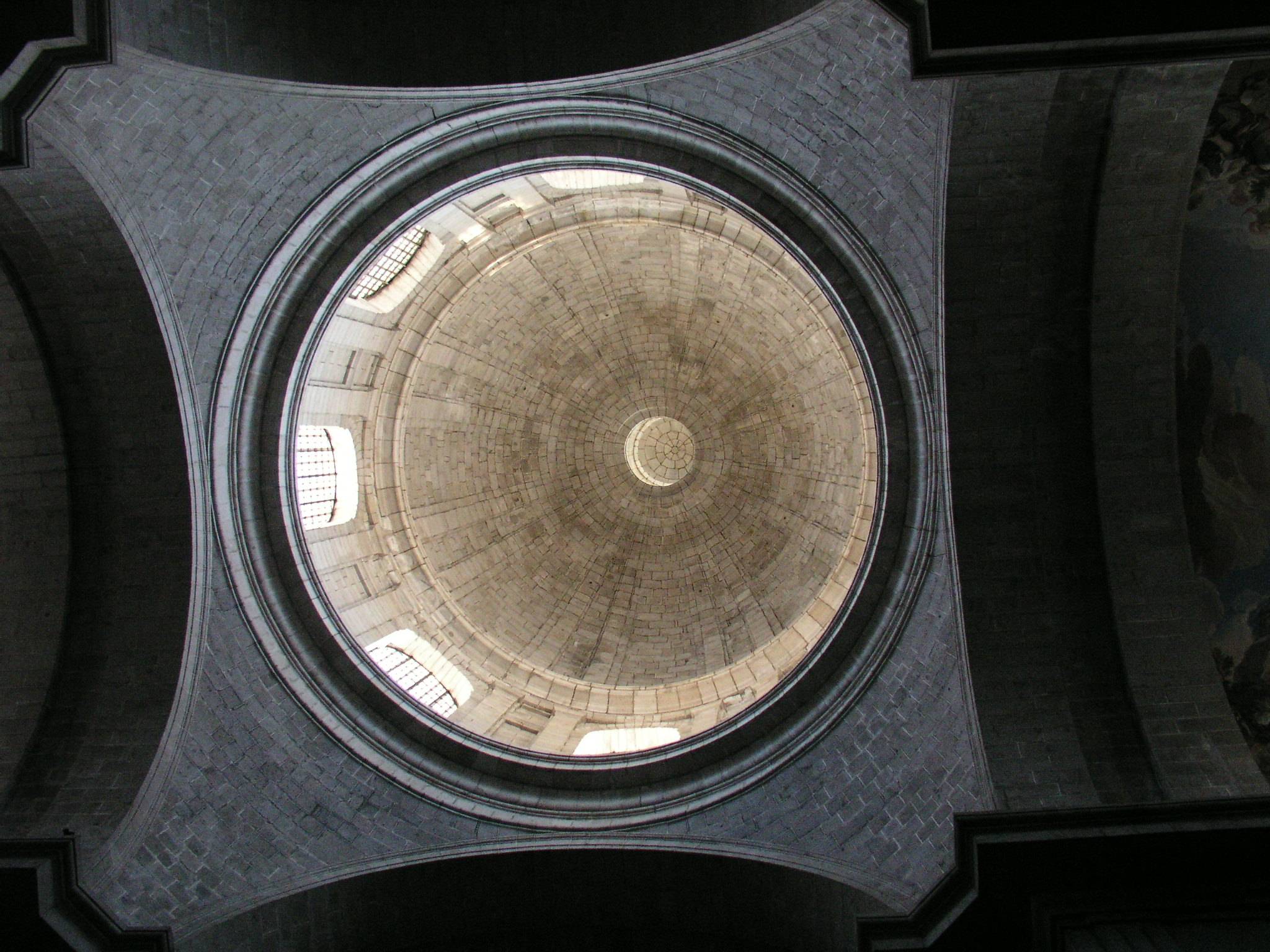
The Royal Pantheon and Burial Site
El Escorial also functions as the final resting place for most Spanish kings of the last five centuries, both from the Habsburg and Bourbon dynasties. The Royal Pantheon, an octagonal Baroque mausoleum made of marble, houses the remains of notable monarchs such as Charles V and Philip II. This tradition of royal interment underscores El Escorial’s role as a dynastic necropolis, linking the complex to the broader history of Spain and its monarchy.
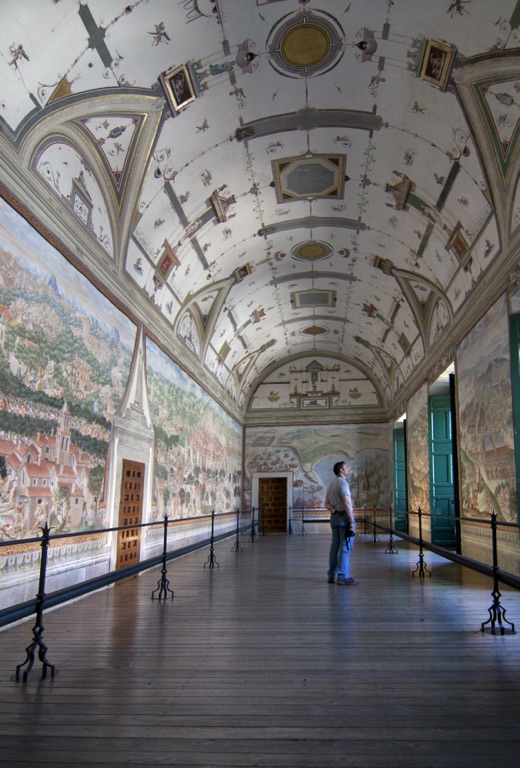
Artistic and Intellectual Repository
Beyond its architectural and historical significance, El Escorial houses an extensive collection of art and manuscripts, making it a vital repository of European culture. The complex boasts masterworks by artists such as Titian, Tintoretto, El Greco, and Velázquez, among others. Its library, initially established by Philip II, contains over 40,000 volumes, including invaluable manuscripts and incunabula. The collection reflects Philip II’s ambition to create a center of intellectual and religious study, further emphasizing El Escorial’s role in the Counter-Reformation.
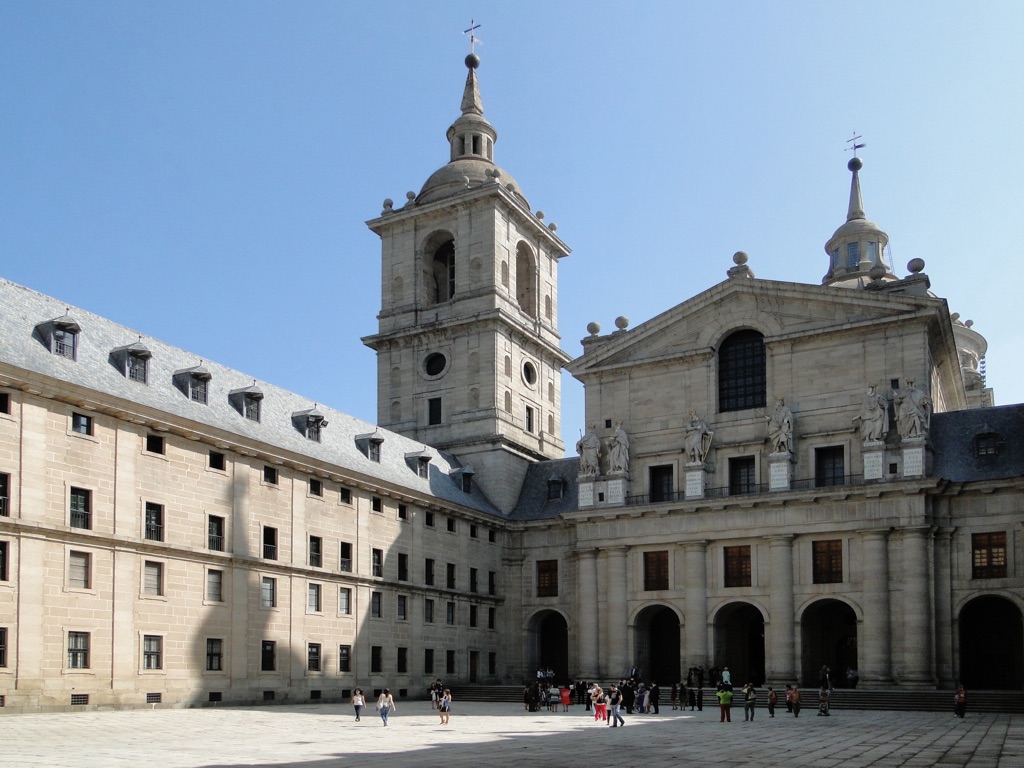
Conclusion
El Escorial stands as a monumental testament to the religious, cultural, and political ambitions of King Philip II and the Spanish Empire. Its dual function as a royal palace and a monastery, along with its significant role as a burial site, art gallery, and library, encapsulates the multifaceted legacy of Spain’s Golden Age. As a World Heritage Site, El Escorial continues to attract scholars, tourists, and those interested in the rich tapestry of Spanish history, serving as a lasting symbol of Spain’s historical and cultural grandeur.
Sources:
Wikipedia

